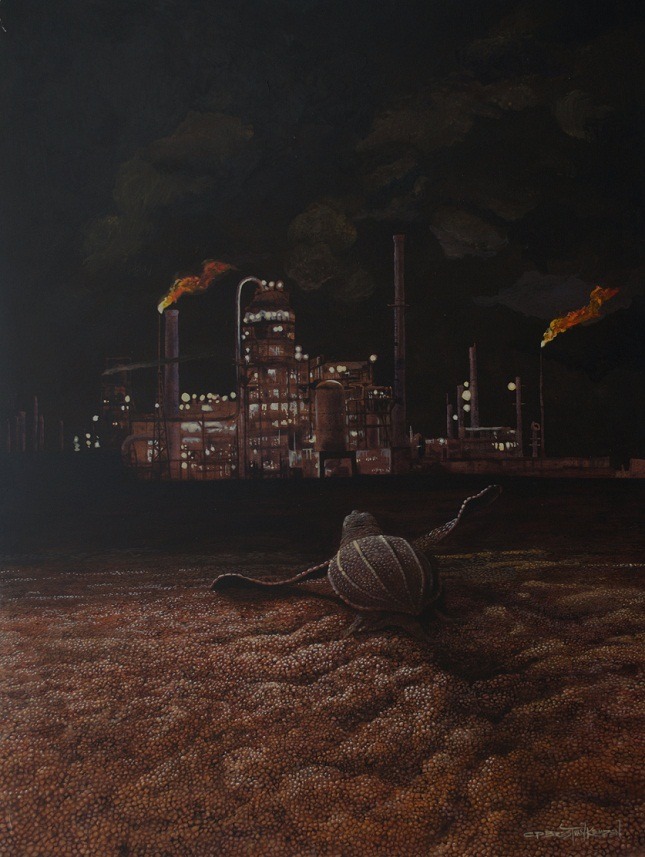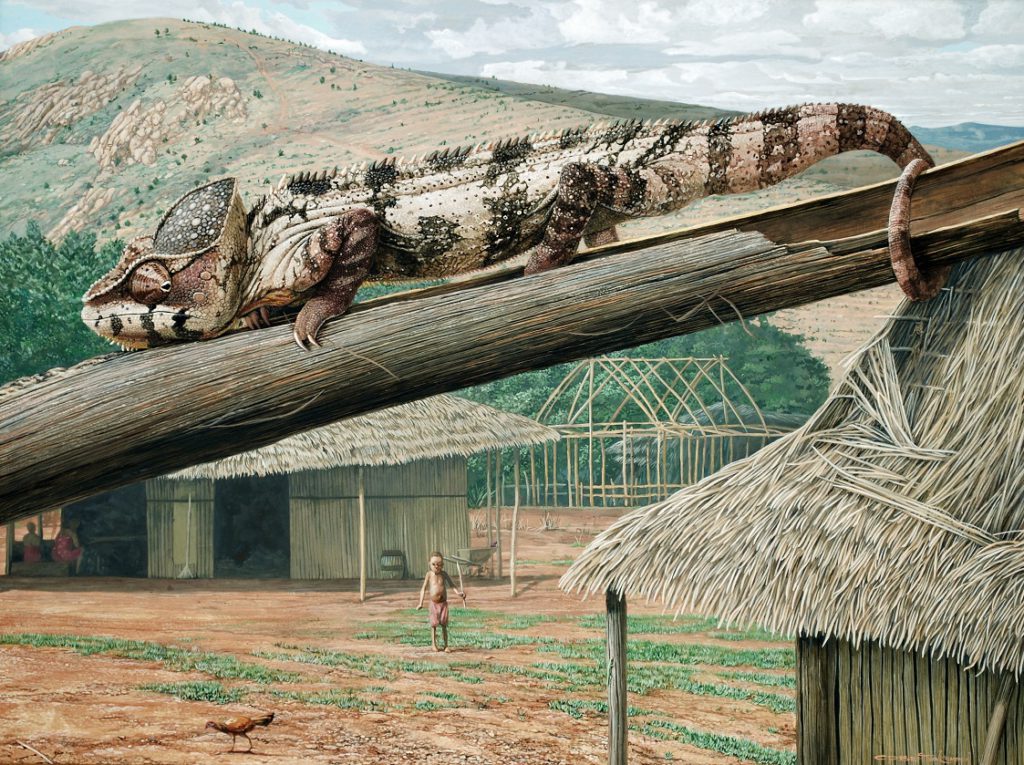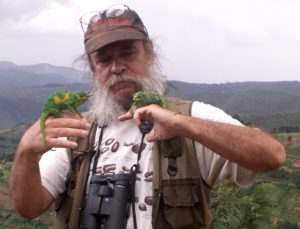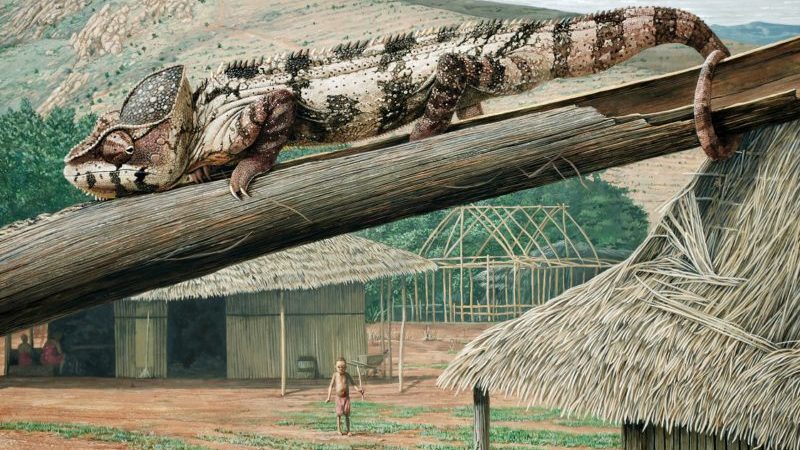We Americans are good at a lot of things, but there’s nothing we’re better at than selling a castoff truckload of broken toilets to the masses. And that skill can really get in the way of more important work we’re good at, like solving real-world problems.
When it comes to environmental issues, public discourse is dominated by voices spinning competing sales pitches that misdirect attention from problems rather than focusing on their solutions. From one corner the pharaohs of industry implore us to consume, while in the opposing corner corporatized conservation groups just want to make sure we donate again this year.

One voice is nominally pro-environmental and the other not so much, but little of what either says bears much on the subject at hand. One can still detect meaningful dialogs in this domain, but they’re largely drowned out by the spiels of hucksters, and getting a clear idea of what’s really happening and what can be done often requires reading between the lines and turning to sources outside of the public sphere altogether.
Take the “global warming” discussion. One side warns that curbing global warming will interfere with economic growth, while the other assures us that “green technology” can keep that graph tilted upwards. No mention, though, of the fact that it’s that malignant economic inflation that forms the core of the problem.
Our debt-based economy requires constant growth. To start a business, Jack takes out a loan, helping pay the expenses of a money-lender. To produce these loans, the money-lenders need more debtors each month than they had the month before. It’s not so much an economic system as it is a gigantic Amway, and like any explosive trend in nature, we may not know quite when levels will return to Earth, only that they surely will. The phrases American Dream and Ponzi scheme rhyme in more ways than one.
Fortunately, visionary economists like Herman Daly and others noticed this problem and have spent the past few decades working on theoretical “steady-state” economic systems. It’s rarely discussed, but among the assortment of possible global warming remedies, it’s one of the most important, because a planned landing by an educated pilot is always preferable to a surprise nosedive into a parking lot.
The public discussion on climate change can be pretty well summed up with the question “Do we continue life as usual using fossil fuels or do we switch to solar?” which misses the point altogether and so can’t yield a useful answer. Obviously, we must curb our burning of hydrocarbons, and much of that should involve diversifying our power portfolio, including more solar, but cutting our energy needs is a crucial part of the solution.

Another good reason to reduce our petroleum consumption is to save some for future generations. Like any commodity, its overconsumption has its drawbacks, but it’s still great stuff. Not only is it concentrated energy, but you can make all sorts of plastics with it, as well as synthetic ammonia fertilizers. Somehow it’s hard to imagine transporting 100+ people across an ocean in a few hours using a battery-powered airplane covered with solar cells, or smelting steel with a great big magnifying glass. It will always be useful.
The heading of “global warming” misdirects attention in other ways. It’s just a single manifestation of a much bigger problem: we’re changing the composition of the only atmosphere we’ve got. Focusing on warming temperatures, some policy-makers are actually suggesting geo-engineering schemes like adding chemicals to the oceans or atmosphere. It’s like your doctor saying, “It’s not the mercury poisoning that’s a problem, it’s that you’re shaking all over…we’ll prescribe you some barbiturates and in the meantime don’t worry about eating those tainted fish.”
We’re all familiar with the corporate voice, its narrative of kindergarten capitalism where all the needs of society come from rich people making more money, and that it’s not monopolies, but taxing and regulating corporations that impede the benefits of market forces. Folks who care about the environment have learned to meet this voice with skepticism, but the public environmental voice isn’t much help either. In a time of crisis, it wastes our time and concern with a lot of non-issues[1].
But the worst element of the public environmental voice is its refusal to invoke a sense of personal responsibility, and without a doubt conservation of the natural world is the responsibility of us all.

It might help elicit donations to point accusing fingers at other groups, at hunters or ranchers, big business or miners, and it fills those of us who don’t belong to those groups with a bit of unholy warmth. But very few of us have any control over the behavior of shark fisherman in the South Atlantic or petroleum executives in Irving, Texas. What we can control is our own behavior, our own lifestyles. We can ask ourselves, “What can I give up to make the Earth a better home for future generations?”
And when we make those decisions and those sacrifices, we can carry them into that public sphere and exchange them, gain new ideas from one another. We can take over the public discourse from the carnival barkers and return it to the hands of its rightful owners: the concerned citizens with enough imagination to picture possible future worlds we don’t want to inhabit as well as ones we do, and the problem solvers who can draw paths away from the former and towards the latter.
[1] Such as anti-GMO hysteria. Most of the dangers cited by anti-GMO propaganda apply only to a single trait: “Roundup-ready” crops with a high tolerance for the herbicide Glyphosate. I’m all for losing Roundup-ready crops too, but they’d be no safer had they been the product of random mutation…it’s not the technology that’s the problem, but the product. Genomic manipulation is just a tool–a tool with great promise for reducing agriculture’s imprint on the natural world. Let’s hang on to that tool and use our energy and good intentions to rail instead against monoculture, the demise of the small farm, and a system where the nation’s food production is controlled by a tiny cabal of powerful corporations.
The works by Carel Brest van Kempen featured above are included in the traveling museum exhibition Biodiversity in the Art of Carel Pieter Brest van Kempen, produced by David J. Wagner, L.L.C. Further writings and information about Carel Brest van Kempen can be found through the Traditional Fine Arts Organization.
 With over 25 years as an artist, naturalist and author, Carel Brest van Kempen’s mission has always been to deepen awareness of the natural world and how it functions. His work has been exhibited worldwide in group shows in The Smithsonian, The American Museum of Natural History, The British Museum, The National Museum of Taiwan and many others, and his solo exhibition, curated by David J; Wagner, PhD, has been touring the U.S. since 2003.
With over 25 years as an artist, naturalist and author, Carel Brest van Kempen’s mission has always been to deepen awareness of the natural world and how it functions. His work has been exhibited worldwide in group shows in The Smithsonian, The American Museum of Natural History, The British Museum, The National Museum of Taiwan and many others, and his solo exhibition, curated by David J; Wagner, PhD, has been touring the U.S. since 2003.
He was named a “Most Honored Artist of Utah” and a “Master Signature Member” of the Society of Animal Artists. Among the awards his art has garnered are the Arts for the Parks Wildlife Award, the Artists for Conservation Medal of Excellence, and 8 Awards of Excellence from the Society of Animal Artists. He has illustrated over a dozen books and authored the popular coffee-table book, Rigor Vitae: Life Unyielding (Eagle Mountain Publishing).
This post is part of the MAHB’s Arts Community space –an open space for MAHB members to share, discuss, and connect with artwork processes and products pushing for change. Please visit the MAHB Arts Community to share and reflect on how art can promote critical changes in behavior and systems and contact Erika with any questions or suggestions you have regarding the new space.
MAHB-UTS Blogs are a joint venture between the University of Technology Sydney and the Millennium Alliance for Humanity and the Biosphere. Questions should be directed to joan@mahbonline.org.
MAHB Blog: https://mahb.stanford.edu/blog/unsuccessfully-seeking-solutions/
The views and opinions expressed through the MAHB Website are those of the contributing authors and do not necessarily reflect an official position of the MAHB. The MAHB aims to share a range of perspectives and welcomes the discussions that they prompt.
